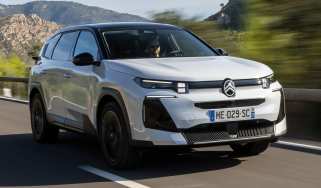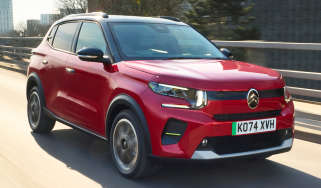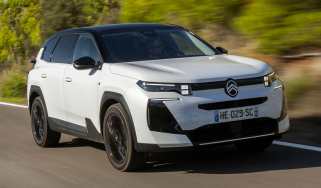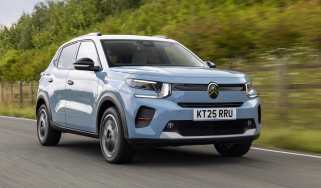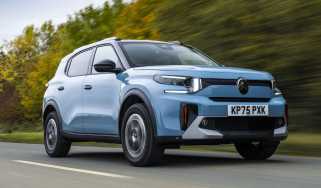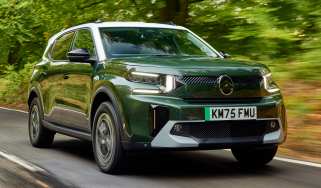Citroen
What cars qualify for the electric car grant? Full list with our best (and worst) picks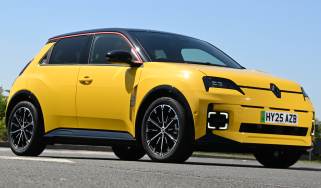

What cars qualify for the electric car grant? Full list with our best (and worst) picks
More than 40 electric cars are now eligible for a Government-funded discount. Which should you go for from the ever-growing list?
New Citroen MPV 2.0 will be the antidote to SUVs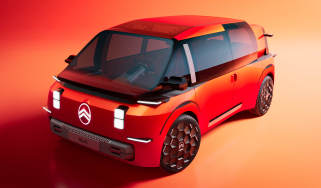

New Citroen MPV 2.0 will be the antidote to SUVs
Square and practical could be making a return as the lure of SUVs begins to wane
Return of the Picasso! Radical Citroen ELO concept hints at next-gen MPV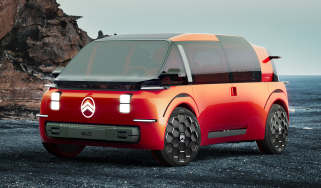

Return of the Picasso! Radical Citroen ELO concept hints at next-gen MPV
Could the Citroen Picasso be making a comeback? The French brand's new ELO concept previews a future MPV
Best Motability cars 2025/2026 - top choices with nil advance payment

Best Motability cars 2025/2026 - top choices with nil advance payment
The Motability scheme is designed to get less able people moving, and we've picked out the very best cars on offer
Citroen pays to repair potholes as councils drown in year-long backlogs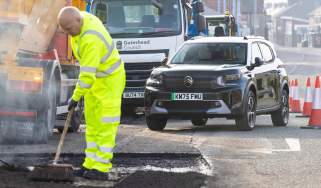

Citroen pays to repair potholes as councils drown in year-long backlogs
Research by Citroen found 1-in-20 UK roads require immediate repair from pothole damage
Best used small SUVs and 4x4s to buy 2025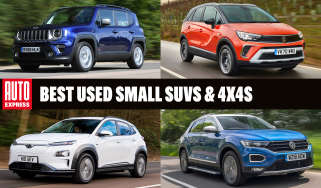

Best used small SUVs and 4x4s to buy 2025
If you're after a little extra style and space without breaking the bank, these are the best used small SUVs and 4x4s
Best used MPVs and people carriers to buy 2025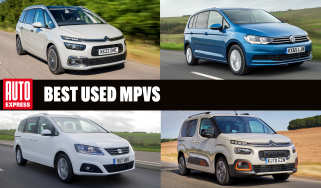

Best used MPVs and people carriers to buy 2025
If you’ve got a growing family to ferry around, the best used MPVs will do it for a bargain price
Best used hatchbacks to buy 2025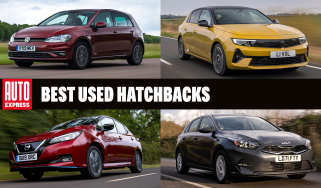

Best used hatchbacks to buy 2025
Hatchbacks offer great practicality, low running costs and comfort – these are the best used hatchbacks on the market
Best used estate cars to buy 2025

Best used estate cars to buy 2025
Our list of the best used estate cars will help you find a super-practical car that's also affordable
Best used mid-size SUVs and 4x4s to buy 2025

Best used mid-size SUVs and 4x4s to buy 2025
Mid-size SUVs and 4x4s are as popular as ever, and these the best pre-owned models on sale
Best 7-seater cars to buy 2025/2026

Best 7-seater cars to buy 2025/2026
We pick the best seven-seater cars for family life across a wide range of price points
Full EV grant award brings 421-mile Citroen e-C5 Aircross under £33,000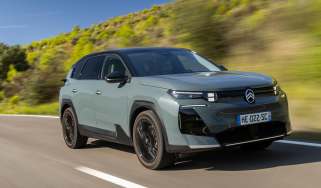

Full EV grant award brings 421-mile Citroen e-C5 Aircross under £33,000
Citroen’s electric family SUV is only the third model to qualify for the maximum £3,750 EV grant
Car Deal of the Day: Small SUVs don’t come much cheaper than the Citroen C3 Aircross for £184 a month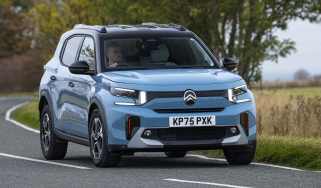

Car Deal of the Day: Small SUVs don’t come much cheaper than the Citroen C3 Aircross for £184 a month
It’s quirky, comfy and roomy – the Citroen C3 Aircross is our Deal of the Day for November 6.
Best long-distance cars 2025/2026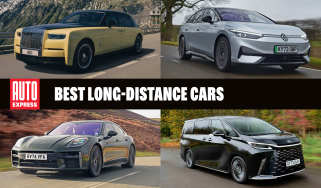

Best long-distance cars 2025/2026
From long-distance road trips to mile-munching motorway commutes, these are the best long distance cars money can buy
Cowabunga! Citroen Ami Buggy Rip Curl is a surfer’s new toy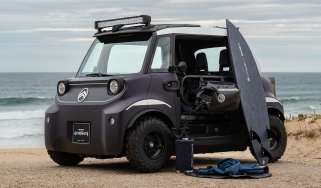

Cowabunga! Citroen Ami Buggy Rip Curl is a surfer’s new toy
This is surely the gnarliest variant of the Citroen Ami so far
Used Citroen 2CV (1948-1990) buyer’s guide: bonkers, but guaranteed to make you smile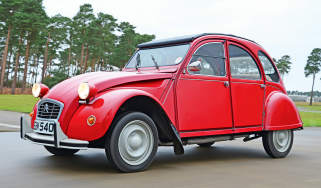

Used Citroen 2CV (1948-1990) buyer’s guide: bonkers, but guaranteed to make you smile
A full used buyer's guide on the iconic Citroen 2CV that was in production between 1948 and 1990
Citroen C3 Aircross vs Dacia Jogger: the budget seven-seater test we’ve been waiting for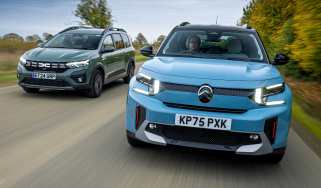
Citroen C3 Aircross vs Dacia Jogger: the budget seven-seater test we’ve been waiting for
New Citroen C3 Aircross arrives to challenge Dacia Jogger’s budget seven-seater crown
Best electric cars 2025/2026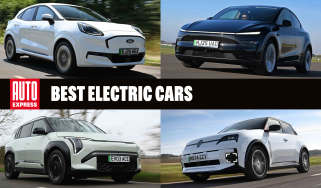

Best electric cars 2025/2026
Thinking about making the switch to an electric car? Here are the best EVs that should be on your shortlist, and why…
Best people carriers and MPVs to buy 2025/2026

Best people carriers and MPVs to buy 2025/2026
These people carriers and MPVs are loaded with family-friendly features and acres of space
Cheapest cars to buy 2025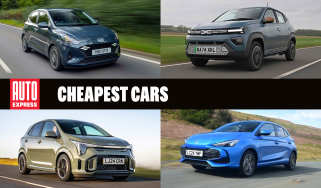

Cheapest cars to buy 2025
Searching for a brand-new bargain? These are the cheapest cars in the UK right now
Citroen C3 vs Hyundai i20: a stylish supermini showdown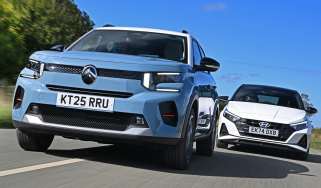
Citroen C3 vs Hyundai i20: a stylish supermini showdown
Superminis with auto boxes are more accomplished than ever, but which is the better self-shifter – Citroen’s C3 or Hyundai’s i20?
Cheapest electric cars on sale 2025

Cheapest electric cars on sale 2025
EVs were often dismissed for being too expensive, but times are changing and these electric cars are flying the low-cost flag
New Citroen Dispatch VTR is a boy racer’s dream van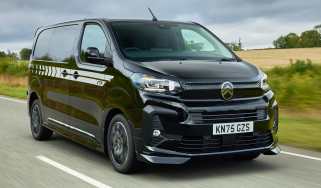

New Citroen Dispatch VTR is a boy racer’s dream van
Hold off on that Ford Transit MS-RT - the French want in on the sporty van sector
Best value cars: where the smart car buyers are spending their cash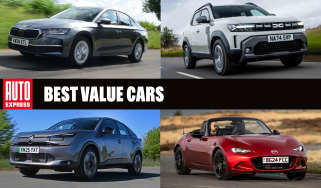

Best value cars: where the smart car buyers are spending their cash
Not necessarily the cheapest cars, the UK's biggest motoring bargains are where the smart money goes
Best learner driver cars 2025/2026

Best learner driver cars 2025/2026
Easy to drive and affordable, these are 10 best used cars to learn in
Top 10 best 8-seater cars to buy

Top 10 best 8-seater cars to buy
Here are our picks for the best cars with room to seat up to eight people
9 coolest SUVs coming soon: new models aiming to take the 4x4 market by storm

9 coolest SUVs coming soon: new models aiming to take the 4x4 market by storm
Thought SUVs couldn't be cool? Here are some forthcoming contenders that should have the grunt – and the looks
Best new cars coming soon: all the big new car launches due in 2025, 2026 and beyond

Best new cars coming soon: all the big new car launches due in 2025, 2026 and beyond
Here are the most important new cars from Audi, BMW, Dacia, Ferrari, Ford, Skoda and more that you need to know about
Citroen and Vauxhall models recalled as brake pedal could fall off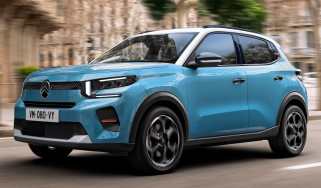

Citroen and Vauxhall models recalled as brake pedal could fall off
“A pedal box assembly that is not to the correct specification” could cause the brake pedal to detach on right-hand drive cars
